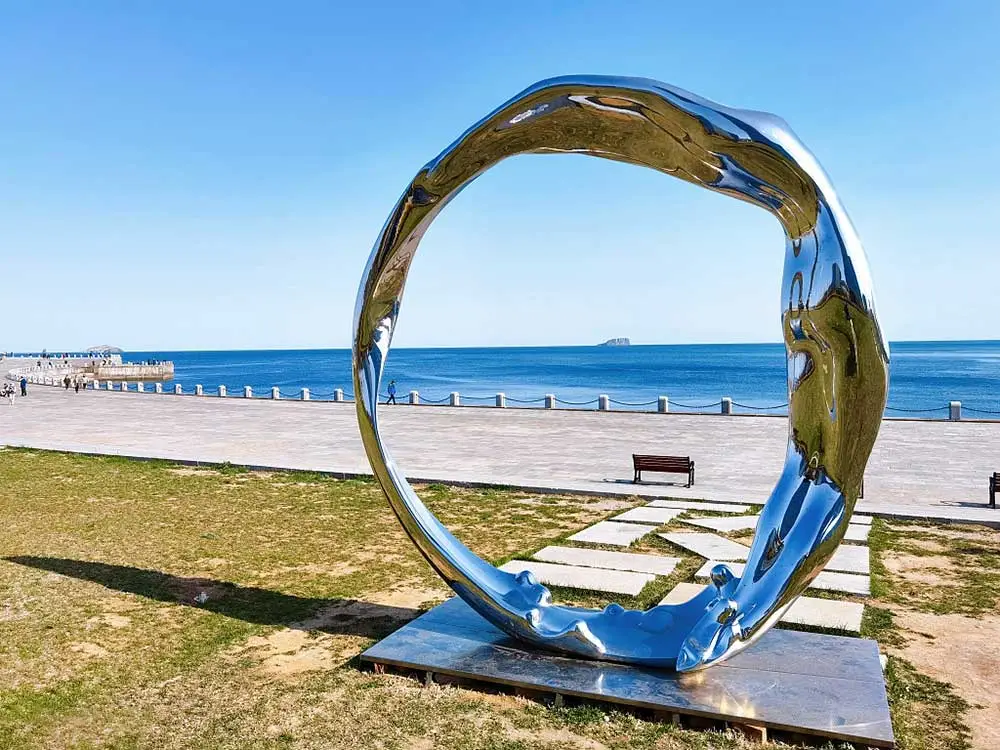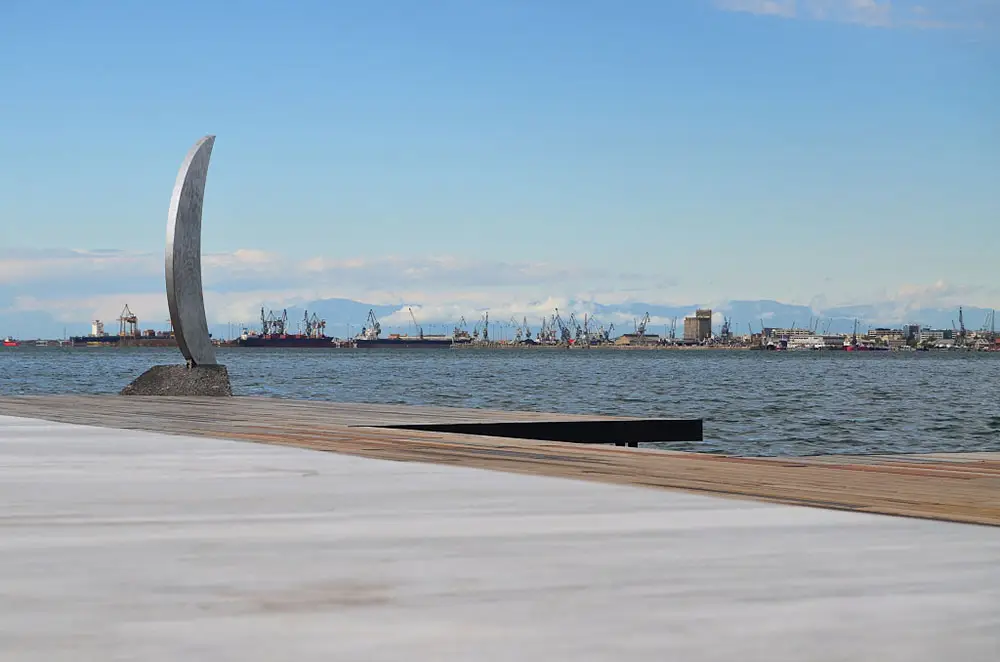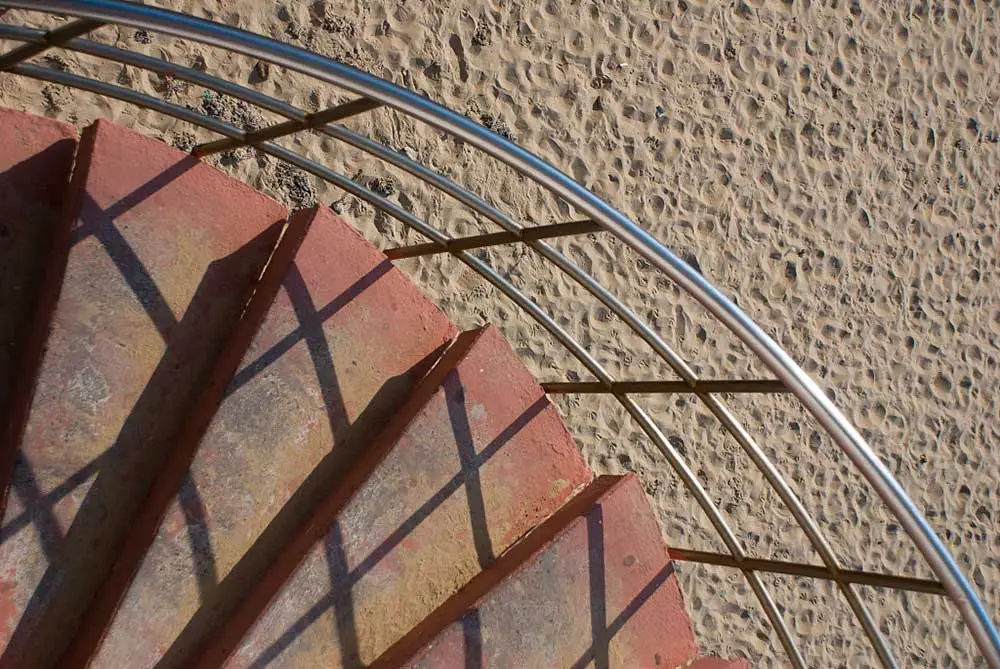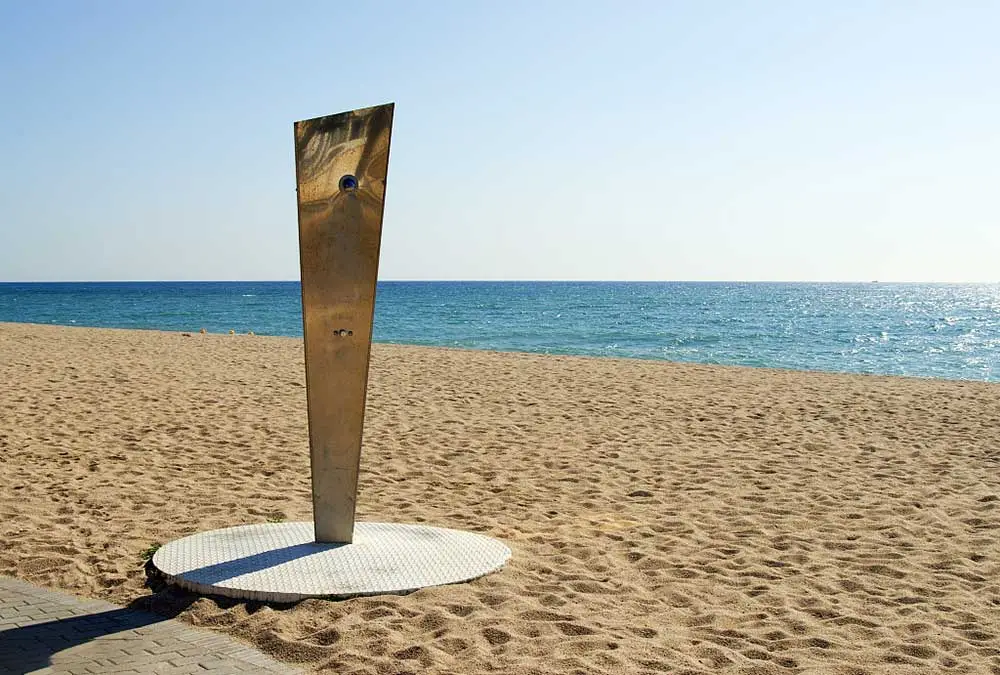Using Stainless Steel by the Sea
Table of Contents
Stainless Steel and Marine Corrosion: A Common Misconception
Stainless steel, known for its durability and Sheen, is often used to make river guardrails, community staircases, and so on, seemingly able to withstand the test of time. However, when the material is exposed to harsh coastal conditions, even stainless steel can not escape the fate of corrosion. This phenomenon broke the common understanding that stainless steel never rusts.

Corrosion Mechanism of Stainless Steel
Stainless steel is widely used in part because of its excellent resistance to atmospheric oxidation and corrosion resistance under harsh conditions. These properties are attributed to the formation of a thin and stable chromium-rich oxide film on its surface, which effectively prevents further oxygen penetration and further oxidation of the metal. However, this protective film is not foolproof, its integrity will be affected by a variety of factors.

Factors Affecting Corrosion Resistance of Stainless Steel
Electrochemical corrosion
When the stainless steel surface accumulation of other metal dust or particles, and the formation of condensate in a humid environment, will form micro-battery, damage the protective film, leading to electrochemical corrosion.
Organic corrosion
If the surface of stainless steel contaminated with organic substances, such as food residues, in the presence of water and oxygen will form organic acids, causing long-term corrosion of the metal surface.
Chemical corrosion
Contact with acid, alkali, salt and other chemicals will lead to local corrosion of stainless steel, especially in polluted air, in the presence of condensate will form highly corrosive acid.

Stainless Steel in Seaside Environment
Although Type 304 stainless steel performs well in most environments, the high salinity of the seaside environment is its weakness. Type 316 stainless steel is recommended for use in coastal cities due to its better resistance to seawater corrosion. However, even 316L stainless steel has limited corrosion resistance in contact with seawater and is susceptible to crack and pitting corrosion.

Strategies for Combating Corrosion in the Marine Environment
In view of the complexity of the marine environment, the choice of stainless steel materials need to be particularly careful. Even 316L stainless steel, which is resistant to seawater, can not be guaranteed against corrosion in all cases. Therefore, when stainless steel is used in coastal environments with a high corrosion risk, additional protective measures, such as surface treatment, are recommended to enhance its corrosion resistance and extend its service life.

Effective Strategy to Maintain Stainless Steel Near Sea
In the near-ocean environment, even high-corrosion resistant stainless steels such as the 316L require regular and appropriate maintenance to extend their service life and maintain their appearance. Here are some effective maintenance strategies:
Regular cleaning
Regular cleaning of stainless steel surfaces with mild soapy water or a neutral detergent removes accumulated salts, contaminants, and other substances that can cause corrosion. After cleaning, rinse thoroughly with clean water and dry with a dry cloth.
Avoid contact with harmful substances
Try to avoid stainless steel surface contact with harmful substances for a long time, such as strong acid, strong alkali, salt solution. If contact occurs, clean immediately with plenty of water and then dry.
Repair damage
Any scratches or damage to the stainless steel surface should be repaired as soon as possible. The damage may break the protective film, exposing the metal to a corrosive environment. Fine scratches can be repaired with a light sanding and polishing.
Use an anticorrosive coating
In some cases, coating a stainless steel surface with an anticorrosive coating can provide additional protection. This coating prevents contamination from coming into direct contact with the stainless steel surface and reduces the risk of corrosion.
Regular inspection and evaluation
Regular inspection of stainless steel structures, especially those in direct contact with seawater. Evaluate corrosion and repair or replace as needed.

By adopting these maintenance strategies, the durability and corrosion resistance of offshore stainless steel can be significantly improved to ensure its long-term maintenance of good function and beauty.
You Might Also Like
Please Share This
Recent Posts
- The Timeless Beauty of Patina Bronze Finishes in Modern Architecture
- The Art and Functionality of a Bar Counter: Why Metal Matters
- Exploring the Versatility of Bronze in Modern Architecture
- The Art and Impact of Stainless Steel and Large Metal Outdoor Sculptures
- Elegant and Durable L-Shaped Metal Trims for Modern Interiors



